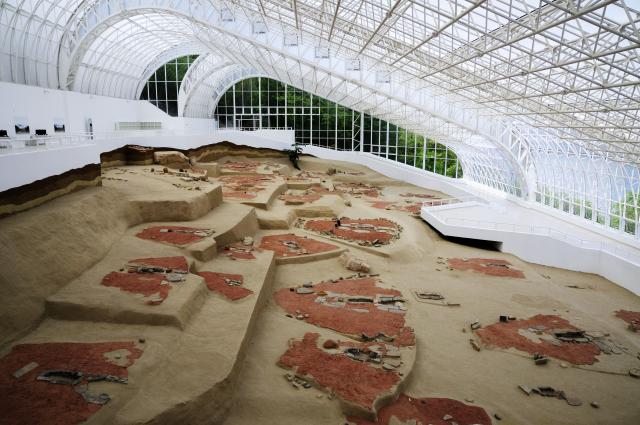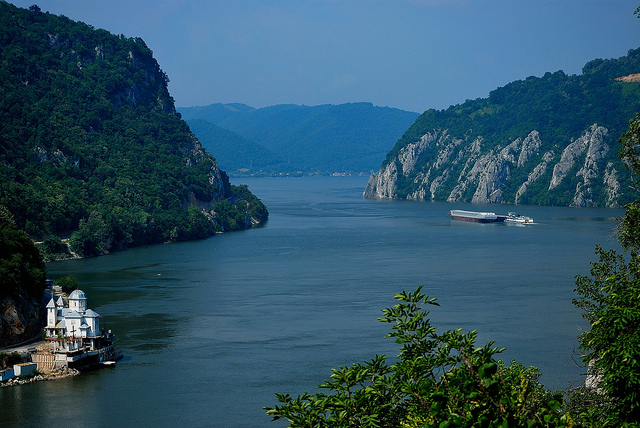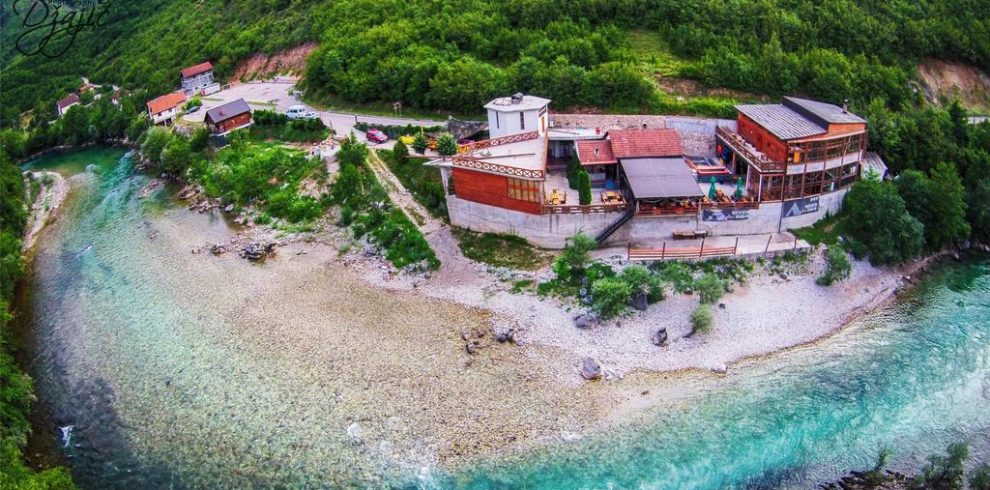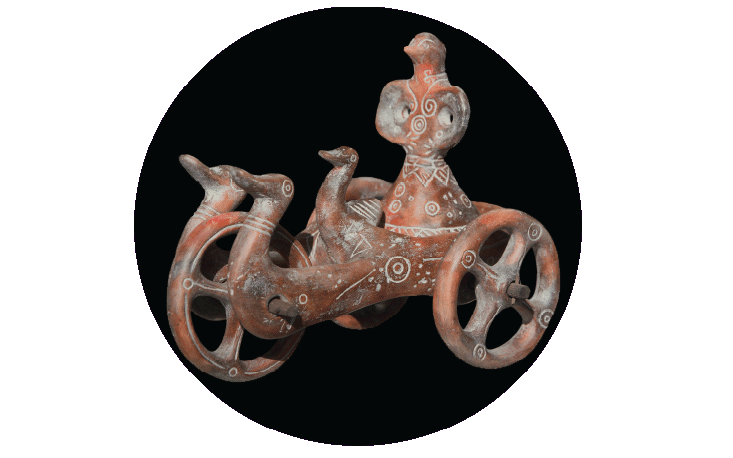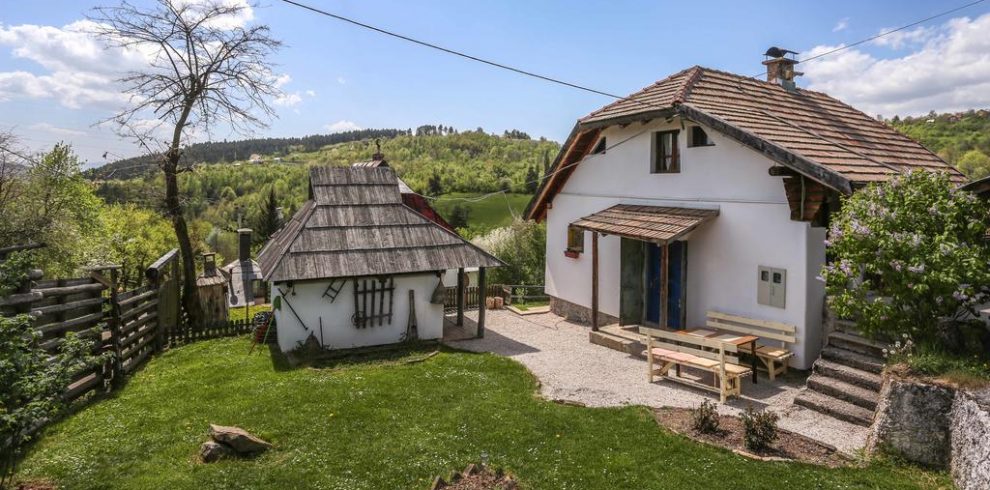SERBIA is a country of unique beauty and has a rich authentic cultural heritage. We have selected the highlights of Serbia’s rich historic past, many of which are now being preserved and protected for future generations to enjoy, and we take grea
t pleasure in introducing these cultural treasures to our international visitors.
PREHISTORY ON SERBIA’S LAND
More than forty thousand years ago, humans inhabited the basins of the big rivers and the fertile lowlands of Serbia. During this period, the land became the home for the first civilizations and the oldest cultural centre in Europe.
The Danube River, on whose banks primordial settlers found safety, and whose flow – the oldest European artery – connected those settlers’ communities, played a crucial role. To the Danube basin’s communities of fishermen and land-tillers, the river was life itself; a quick way of communication and transportation; the first trading road and provided the direction in which culture flowed. Ancient myths of the origin of the world are connected with the Danube; the first monumental art in Europe (the fishlike deities of Lepenski Vir) were created there, and a metropolis of the Stone Age (Vinca) – the most glittering culture of European prehistory was developed here.
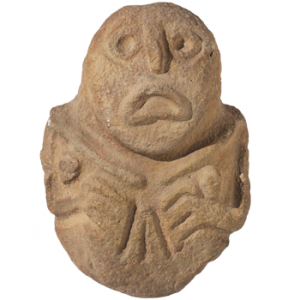
LEPENSKI VIR
Lepenski Vir, is a settlement dating from the Middle Stone Age, which contains an unusual and a very advanced prehistoric culture which is located in the Derdap Gorge, on the Danube River, 130 km from Belgrade.
Lepenski Vir is the oldest habitat on these territories. There are over 100 trapezoid remains of the houses in the area of around 3,000 m2, all of which have been carefully arranged. Lepenski Vir also produced the very first examples of monumental sculpture in Europe, dating from 6000 B.C., amongst which, the most famous ones are “fishlike” human heads.
Due to a rise in the level of the Danube, the locality has been more recently dislocated to a higher level – 17 meters above the old one. Numerous objects made of bone decorated with ornaments and decorative ceramics can be seen at the Museum of Lepenski Vir in the Derdap Gorge.
